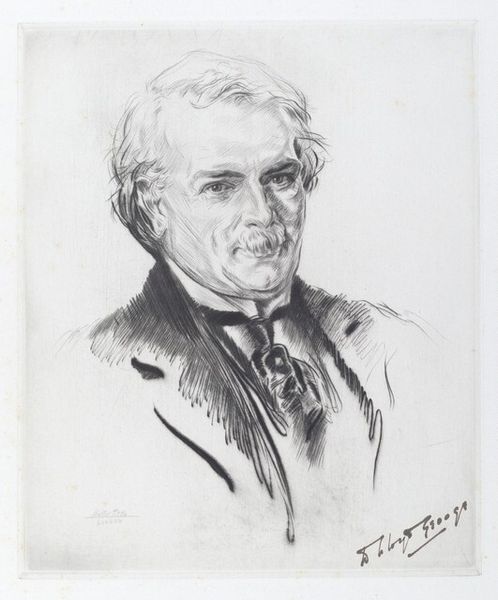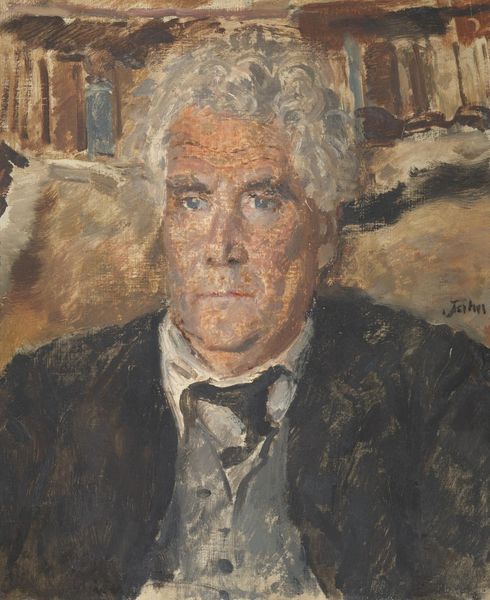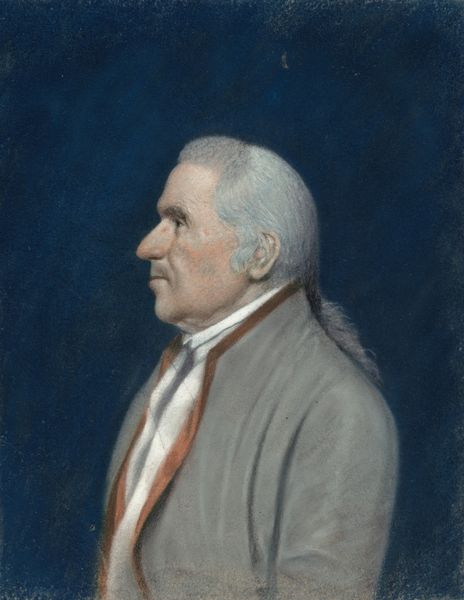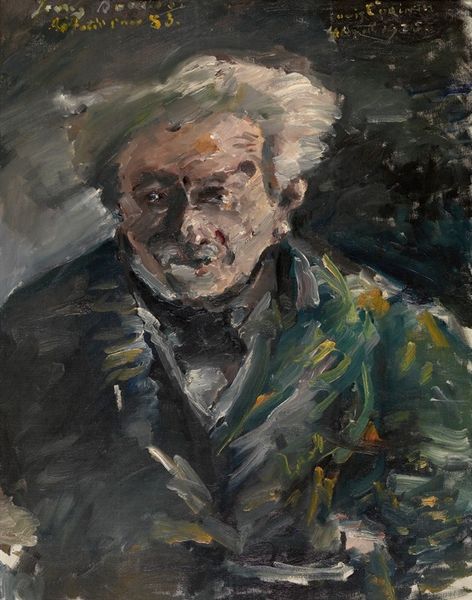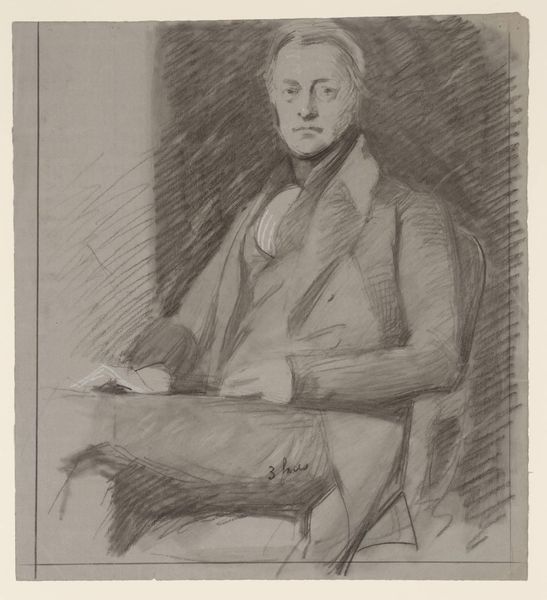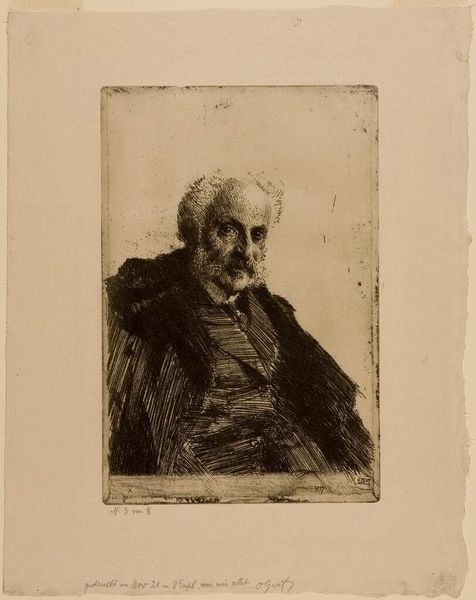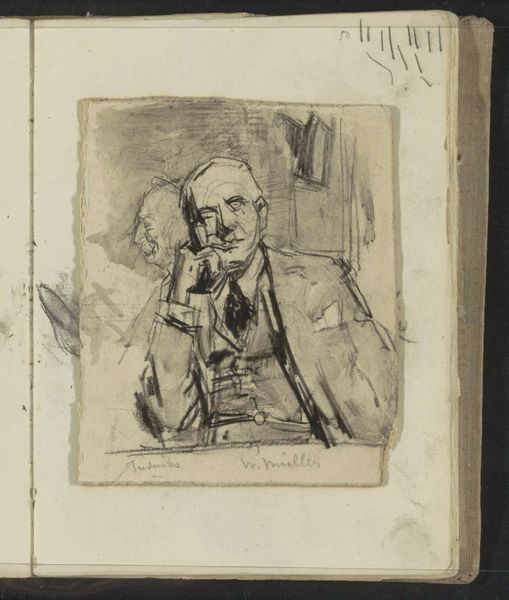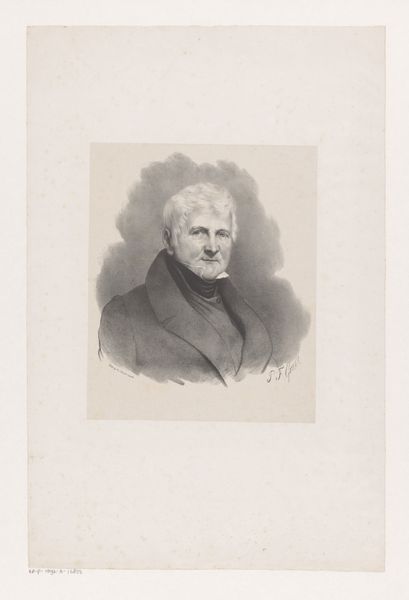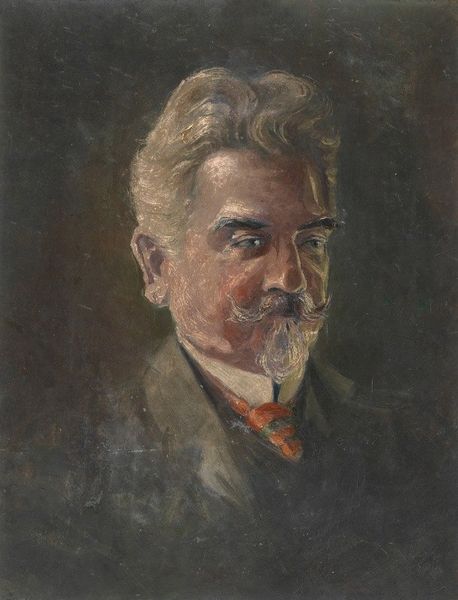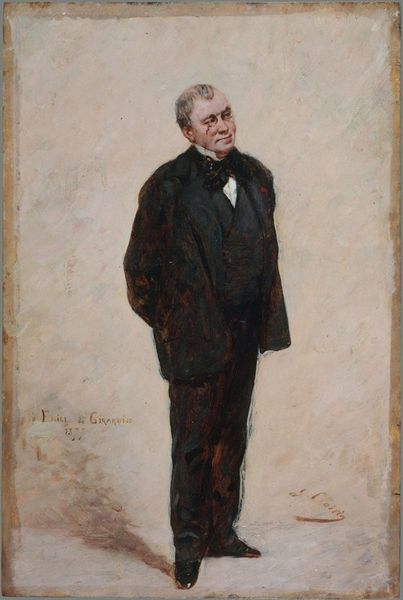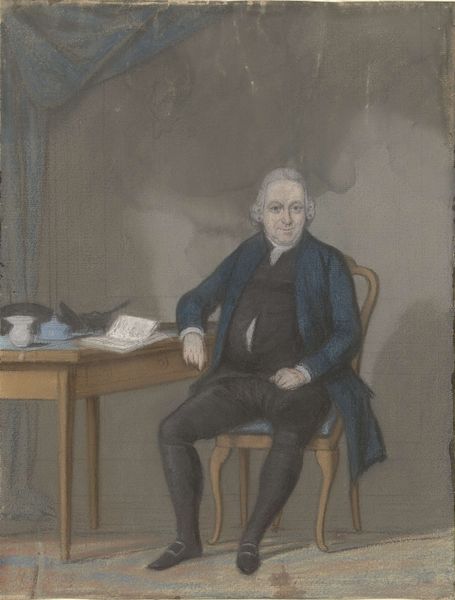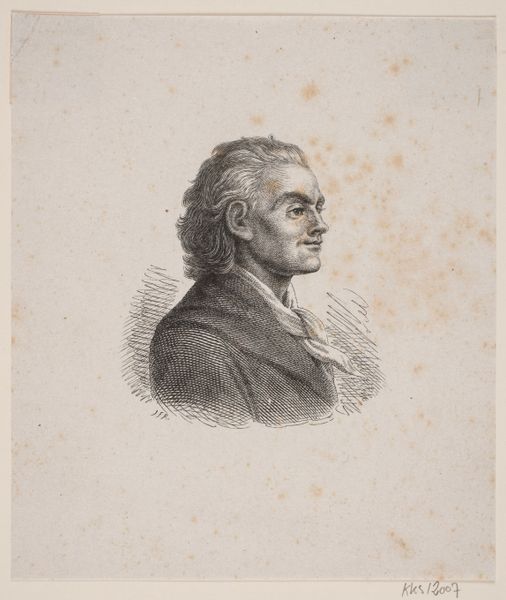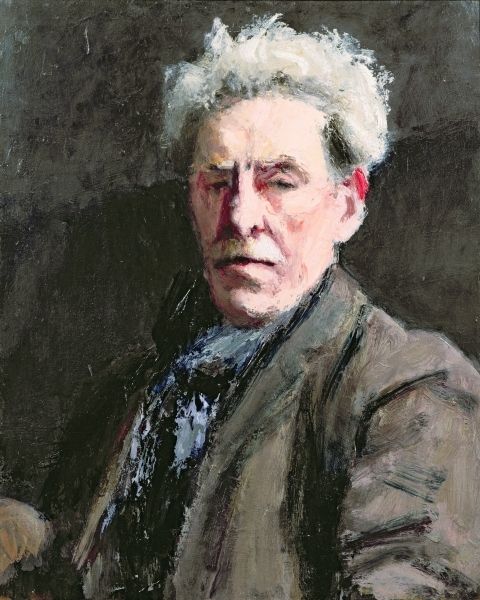
oil-paint
#
portrait
#
figurative
#
oil-paint
#
oil painting
#
expressionism
#
portrait art
Copyright: Public Domain: Artvee
Curator: Look at this wonderful portrait, painted in 1907 by Egon Schiele, titled "Portrait Leopold Czihaczek." The texture of the oil on the canvas seems quite palpable. What's your initial take on it? Editor: Somber, undeniably somber. The dark palette and almost confrontational gaze of the subject create an immediate feeling of gravity. Curator: Absolutely. Consider the socio-economic conditions of Vienna at the turn of the century. Schiele was painting in a time of intense class division. Do you think that may have influenced the rendering of Czihaczek? The rough brushstrokes perhaps a sign of the artist's turbulent approach to society? Editor: The application of the paint itself does command attention. The swift, visible brushwork is not just technique; it contributes to the overall expressive quality. Observe the modelling of the face, it's built with strong color contrasts. And look at how Schiele simplified the background, pushing the focus solely onto Czihaczek himself. Curator: Schiele often grappled with issues of mortality, perhaps as a consequence of the rapid changes during the Austro-Hungarian Empire's twilight years. Is it reading into things to suggest a commentary here? Editor: Perhaps not. His gauntness and those penetrating eyes – there’s definitely a sense of unease, a palpable tension that stems from the color composition and rendering. Look at the shadows on his face, contrasted sharply against the paler tones. It conveys more than mere likeness. It reveals a psychology, a vulnerability beneath the surface of this suited figure. Curator: And this was painted quite early in Schiele's career, before his work became even more distorted and psychologically probing. Consider also the constraints on artistic practice. Patrons like Czihaczek were crucial for survival. How did this affect the output and its messaging? Editor: Good point. Despite the likely constraints, Schiele masterfully plays with form and color, using these elements to bypass pure representation, tapping into something far more revealing about the sitter, and possibly himself. It certainly moves beyond being just another commission. Curator: An extraordinary encounter then, both politically and aesthetically, made tangible through Schiele’s unmistakable language of expressive rendering. Thank you for helping me understand and approach it through a different lens. Editor: Indeed, it reveals that portraits can transcend mere representations and become documents of a fleeting feeling, captured by an ingenious artist. Thank you.
Comments
No comments
Be the first to comment and join the conversation on the ultimate creative platform.
